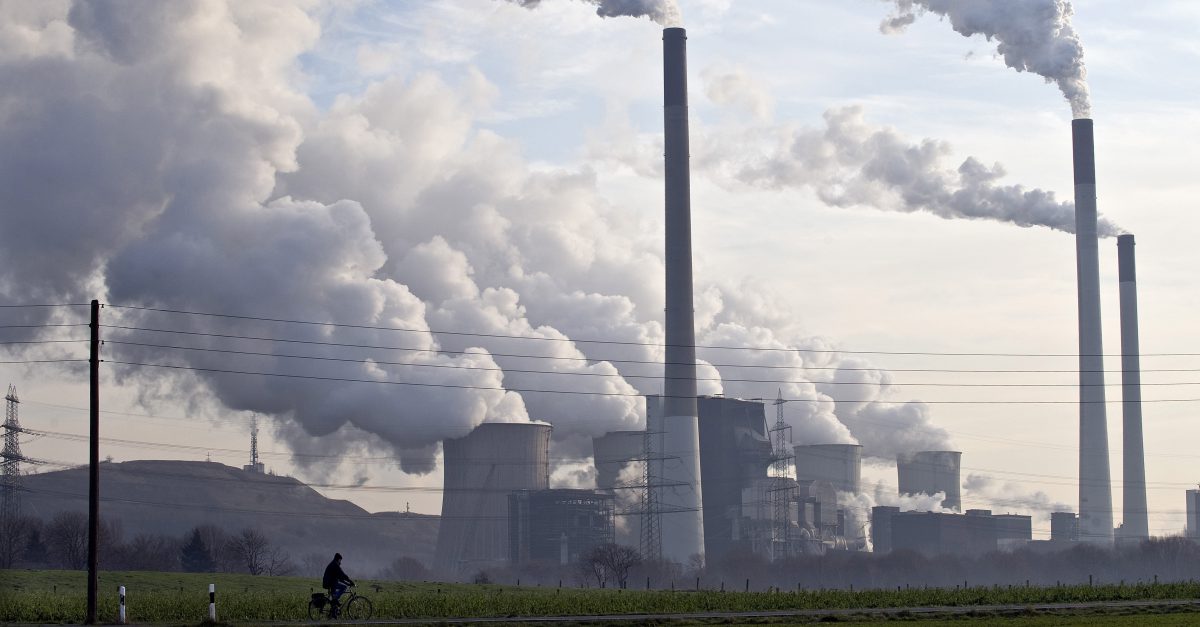On October 13, Texas energy company Luminant closed two of its major Texas coal plants.
Videos by Rare
According too Ars Technica, a tech review publication, another one of its plants closed the week before.
Luminant said the low cost of energy and market competition from other energy sources, like natural gas and renewables, are partly responsible for the closures.
“This announcement is a difficult one to make,” Curt Morgan, president and CEO of Vistra, the company which owns Luminant, provided in a press release. “It is never easy to announce an action that has a significant impact on our people. Though the long-term economic viability of these plants has been in question for some time, our year-long analysis indicates this announcement is now necessary,”
Though the demand for energy is on the rise in Texas, cheaper sources of energy, such as from plants, are forcing companies to take a look at the current and future viability of coal power.
This reality check comes despite the current Administration’s efforts in Washington to help the declining coal market, like when it rolled back the Clean Air Act and President Trump made continued promises to bring back miners’ lost jobs on the campaign.
RELATED: Trump Signs Order Slashing Energy Regulations in Effort to Bring Back Mining Jobs
According to the Electric Reliability Council of Texas (ERCOT), thanks to a growing Lone Star population, industry analysts agree Texas is expected to report record-breaking highs for energy demands this winter, but suppliers will likely still be able to meet the need.
ERCOT further predicted Texas will see 61,000MW of demand and 86,000MW of energy produced.
Utility Dive, another industry analyst organization, notes further, if everything goes forward according to plan, by 2018, new wind power installments will put out just as much power as the recently retired coal plants.
Texas isn’t the only place coal power is on the decline.
According to new findings by the Union of Concerned Scientists, coal is going from supplying 50 to 31 percent of of U.S. power between 2008 and 2016.
Twenty percent of remaining coal plants could be retired by 2030, the report showed.
The same report also concluded the coal plants sustainable enough to continue operations would do so in a tight space financially.
RELATED: Air Travel Could Become a Lot More Difficult Thanks to This One Environmental Factor
Per the findings, if the price of other energy sources were to go down even a little, it would render them economically unsound, possibly forced to consider closures.



